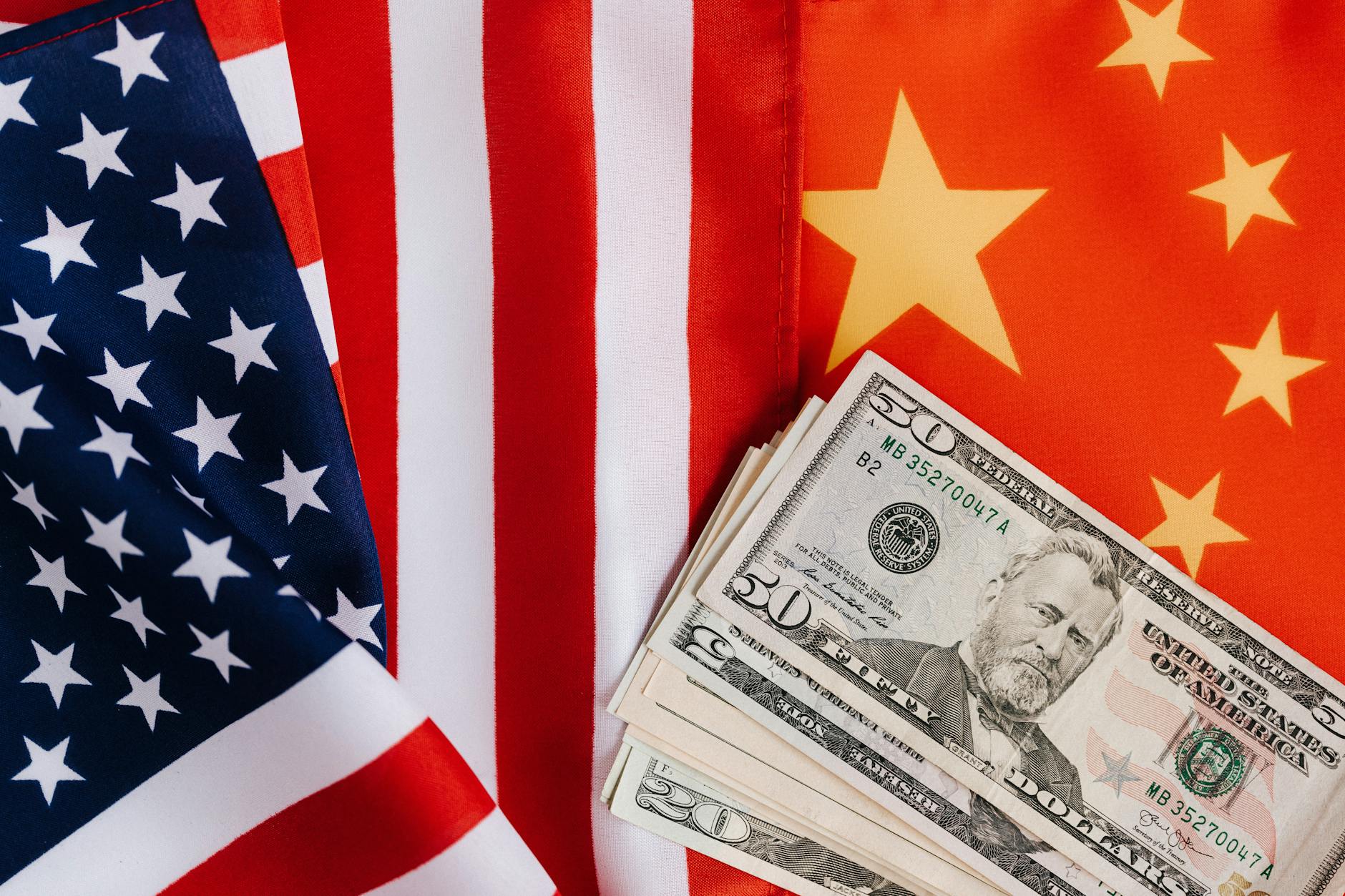India and China Explore Border Trade Rapprochement Amid Global Trade Shifts
Resumption of Himalayan trade could carry symbolic weight for two Asian giants.
Discussions are underway between India and China regarding the potential resumption of border trade, a sector that has been dormant for approximately five years. This dialogue emerges at a time when global trade dynamics are experiencing significant shifts, notably influenced by factors such as U.S. tariffs, according to foreign ministry officials from both nations.
While historical trade volumes across the high-altitude Himalayan passes have been relatively modest, any revival of this commercial activity between the two major Asian economies is viewed as having considerable symbolic importance. The border regions, characterized by their challenging terrain and climate, have long been areas where limited, yet significant, cross-border exchanges have occurred.
A Look Back at Himalayan Trade
The history of trade between India and China along their shared Himalayan border is marked by periods of activity and dormancy, often influenced by geopolitical considerations and logistical challenges. These routes, primarily traversed during specific seasons due to snow and altitude, have traditionally facilitated the exchange of certain goods. For communities living in these remote areas, border trade has often represented a vital economic lifeline, providing access to goods not readily available locally and opportunities for commerce.
The halt in trade five years ago followed a period of increased tensions along the border, which led to a re-evaluation of cross-border activities. The specifics of the trade that was halted, including the types of goods and the volume, were not detailed in the initial reports, but the general understanding is that it constituted a small fraction of the overall bilateral trade between the two nations. However, its cessation had a tangible impact on border communities and symbolized a broader cooling of relations.
Global Trade Under Pressure: The Backdrop for Talks
The current global trade environment is a significant factor influencing the discussions between India and China. The imposition of tariffs by the United States on goods from various countries, including China, has created ripples throughout international commerce. This has led many nations to seek diversification of trade partners and supply chains, aiming to mitigate risks associated with over-reliance on specific markets or geopolitical alliances.
For India and China, both of whom are major players in the global economy, navigating these shifts is crucial. The potential resumption of border trade, even if small in scale, could be interpreted as a signal of de-escalation and a willingness to find avenues for practical cooperation amidst broader global uncertainties. It suggests a recognition that economic ties, even at a localized level, can serve broader diplomatic and strategic objectives.
Potential Implications of Resumed Trade
The resumption of border trade could offer several benefits. For the communities residing in the border areas of both India and China, it would likely provide an economic boost, reopening avenues for livelihood and commerce. The symbolic aspect is also noteworthy; it could signal a pragmatic approach to managing bilateral relations, focusing on areas where mutual benefit is possible, even while larger strategic divergences may persist.
However, the practical implementation would face considerable hurdles. The challenging terrain, seasonal accessibility of passes, and the need for robust logistical support remain significant considerations. Furthermore, the scale of trade is expected to remain limited due to these inherent geographical and infrastructural constraints. The political sensitivities surrounding the border also mean that any resumption of trade would be closely monitored by both governments and might be subject to stringent regulations.
Navigating a Complex Bilateral Relationship
India and China share a complex and multifaceted relationship, characterized by both cooperation and competition. Border trade, while an economic activity, is inextricably linked to the broader security and political landscape. The discussions about resuming trade are occurring against a backdrop where border management and territorial claims remain sensitive issues.
The statement from foreign ministry officials indicates that these are early-stage discussions. The eventual decision to resume trade would likely involve careful consideration of security protocols, trade regulations, and the overall state of bilateral relations. It represents a potential, albeit incremental, step towards stabilizing and potentially improving certain aspects of the India-China relationship, recognizing the global economic climate.
It is important for observers and stakeholders to understand that any resumption of border trade will likely be gradual and carefully managed, reflecting the delicate balance of the broader bilateral relationship. The focus on border trade may be a pragmatic attempt to identify areas of functional cooperation, rather than an indication of a sweeping improvement in overall ties.
Key Takeaways:
- India and China are in discussions to potentially resume border trade, which was halted approximately five years ago.
- The resumption is seen as symbolically significant, despite historically modest trade volumes across the Himalayan border.
- Global trade disruptions, such as U.S. tariffs, are influencing this strategic consideration.
- Challenges related to terrain, seasonality, and infrastructure are expected to remain significant for border trade operations.
- The move could signal a pragmatic approach to bilateral relations, focusing on areas of practical cooperation.
This development warrants continued observation as discussions progress and potential practical steps are taken, always keeping in mind the broader geopolitical context influencing India-China relations.
References
- Terradaily.com: India and China eye border trade resumption (Original source of the report)


























